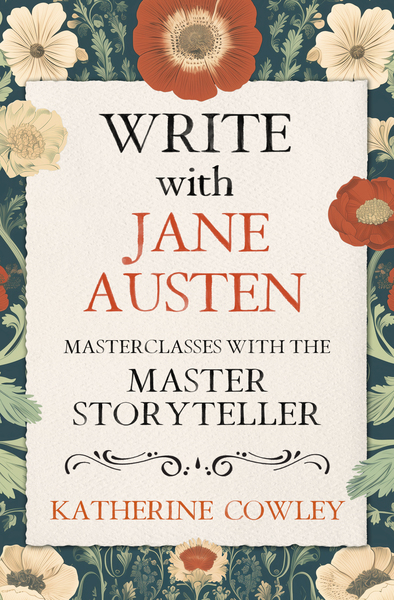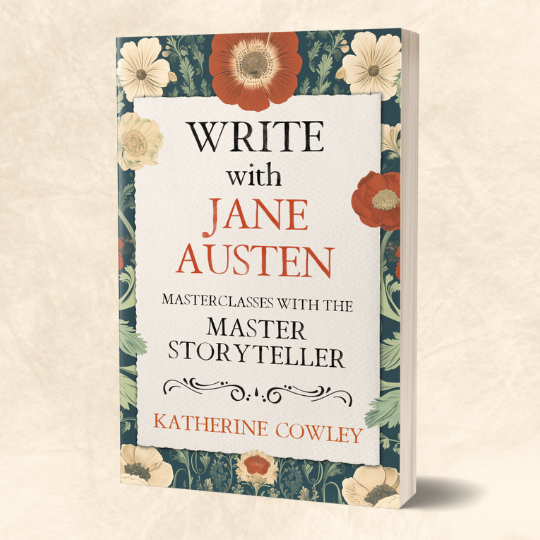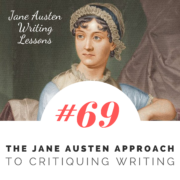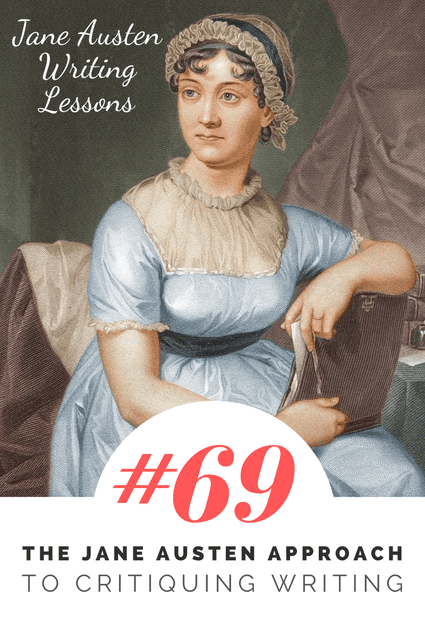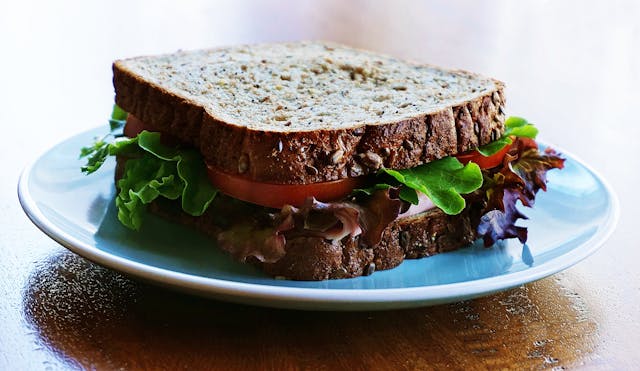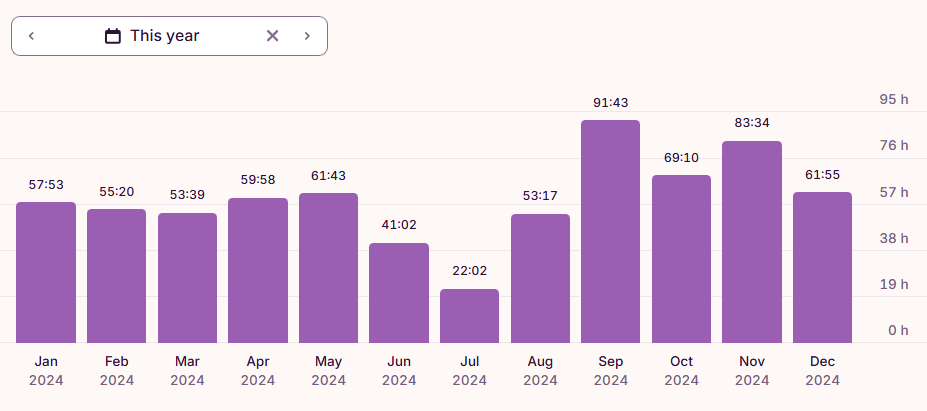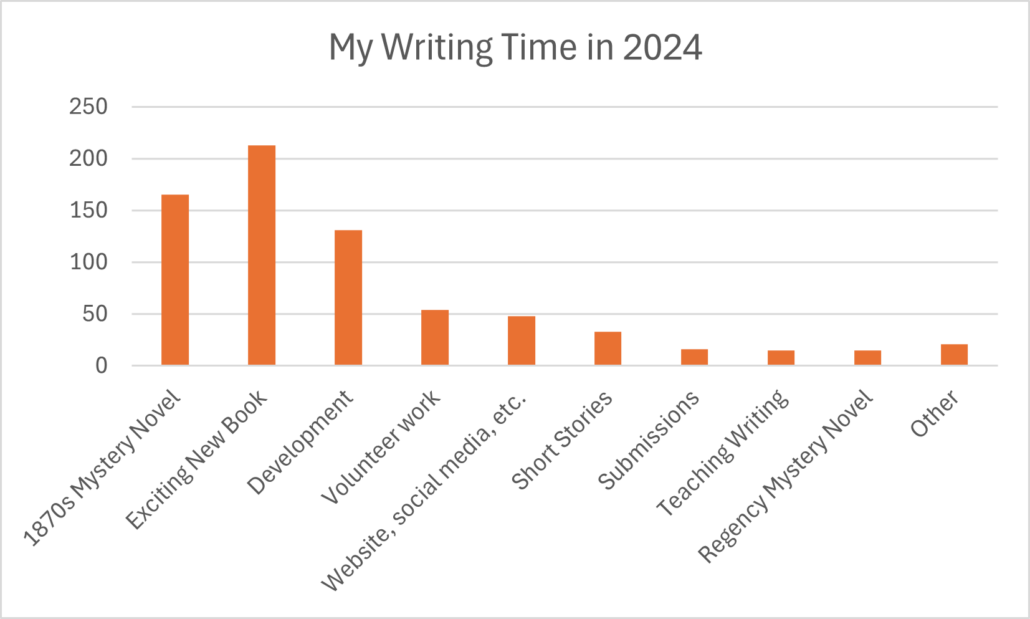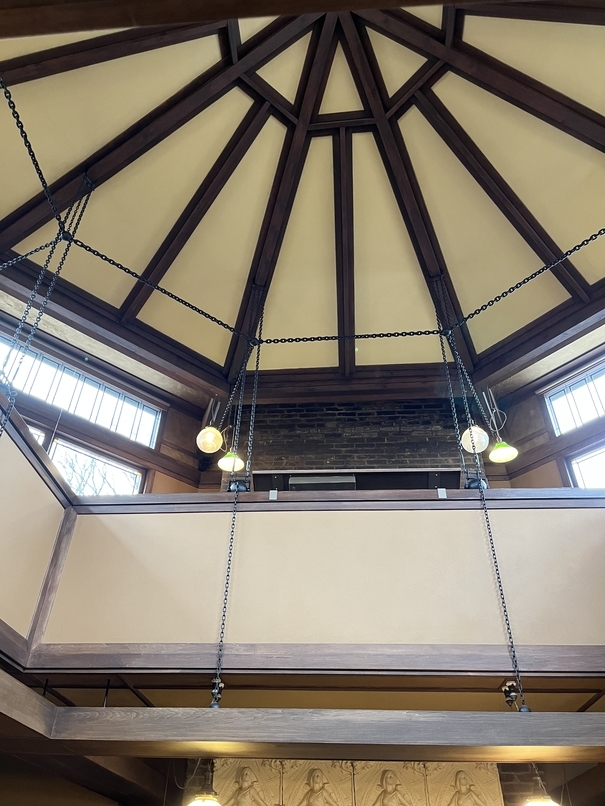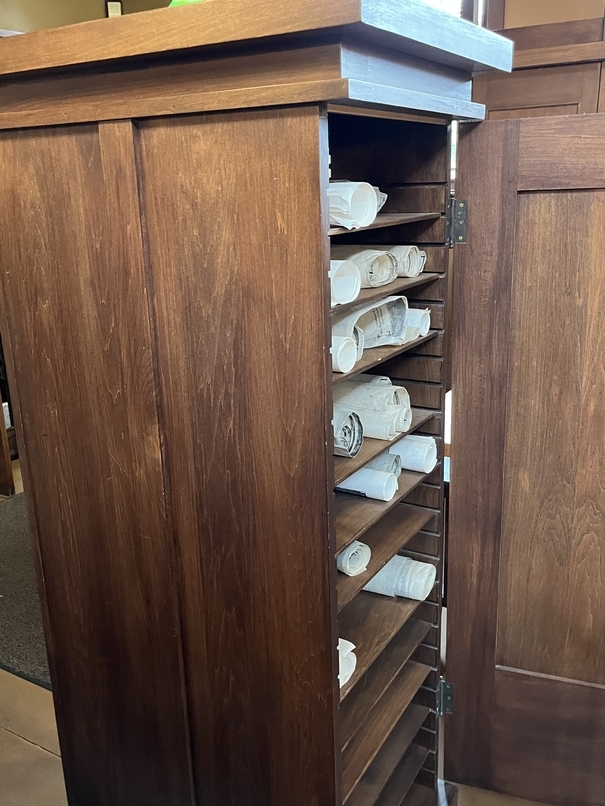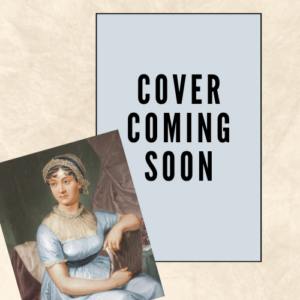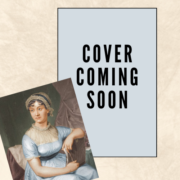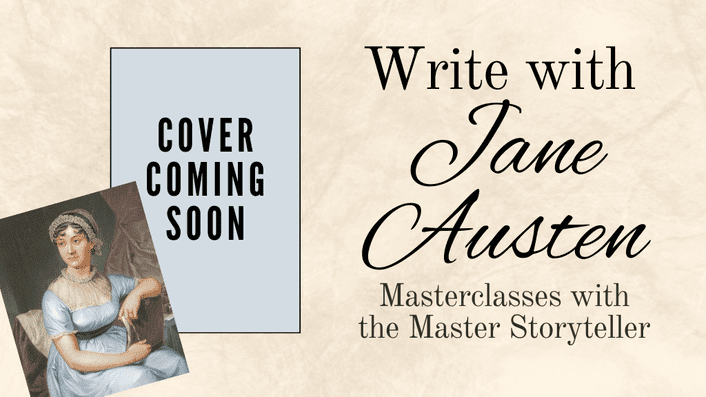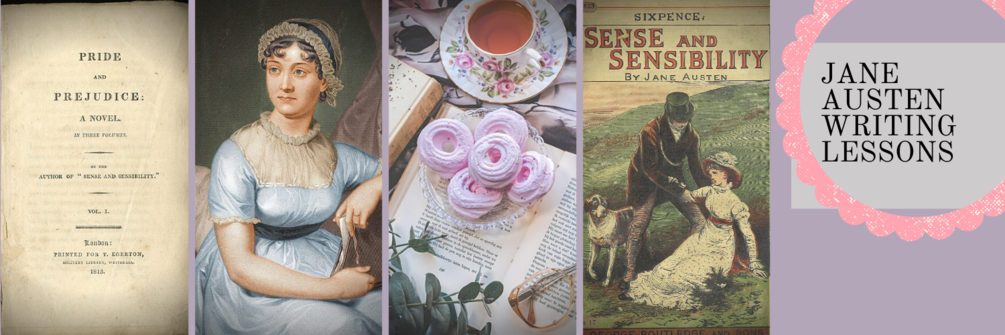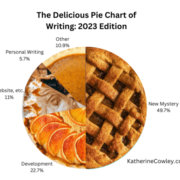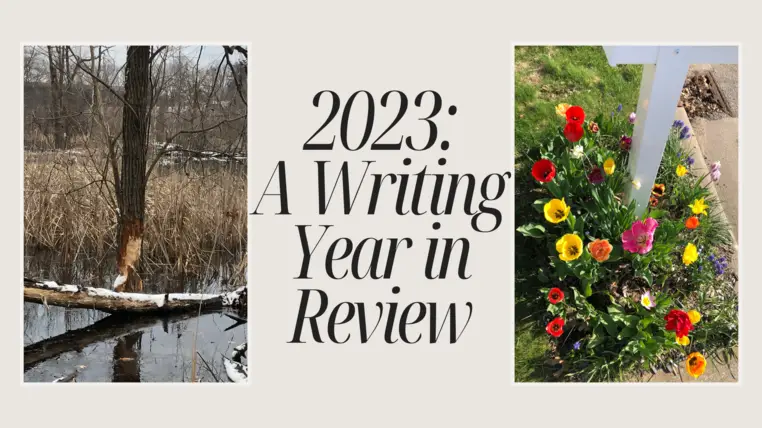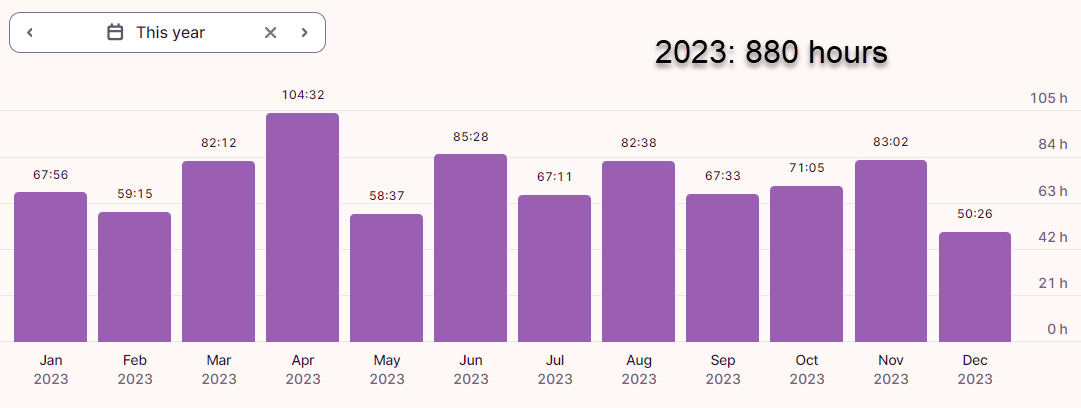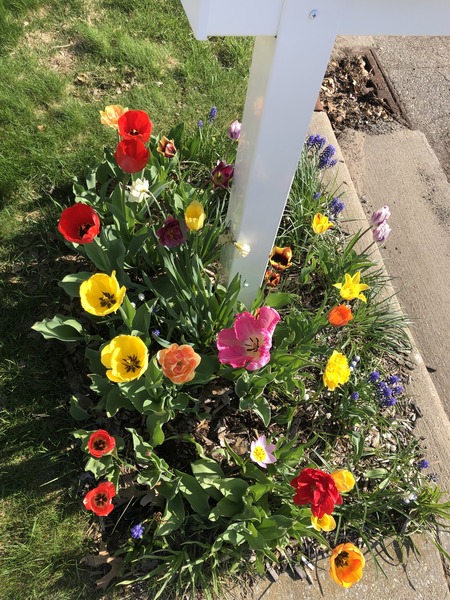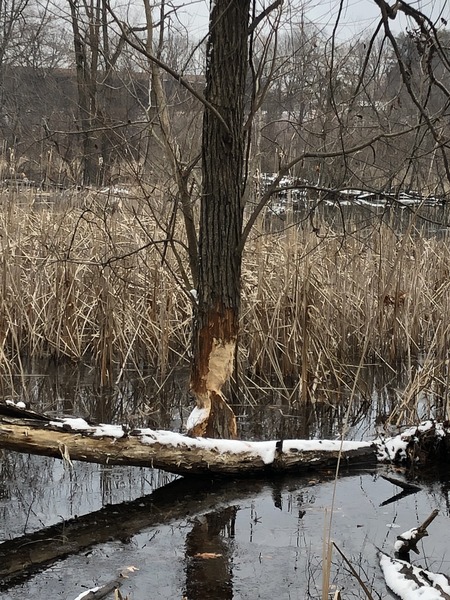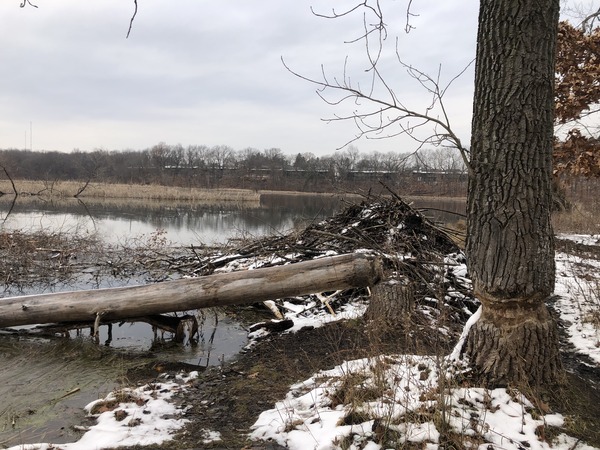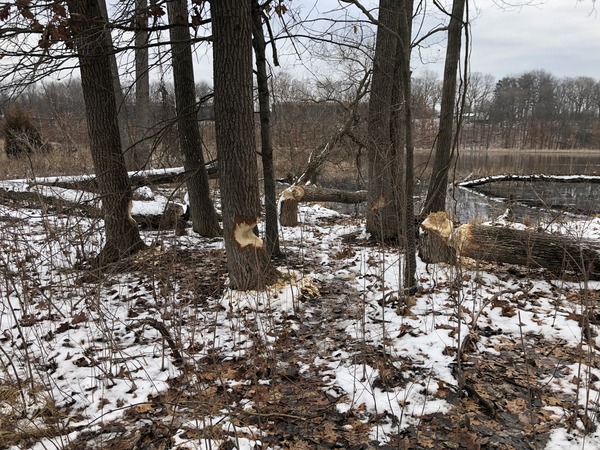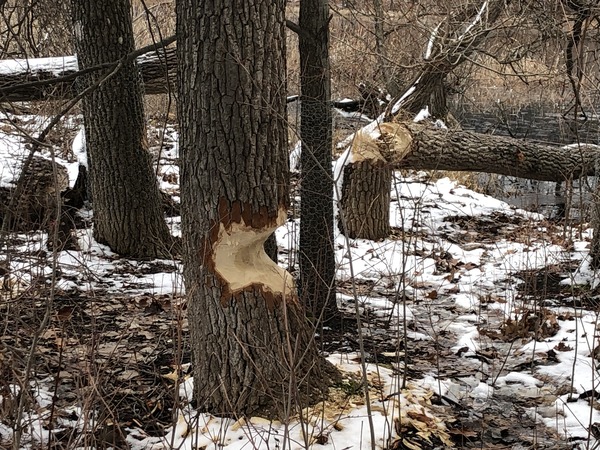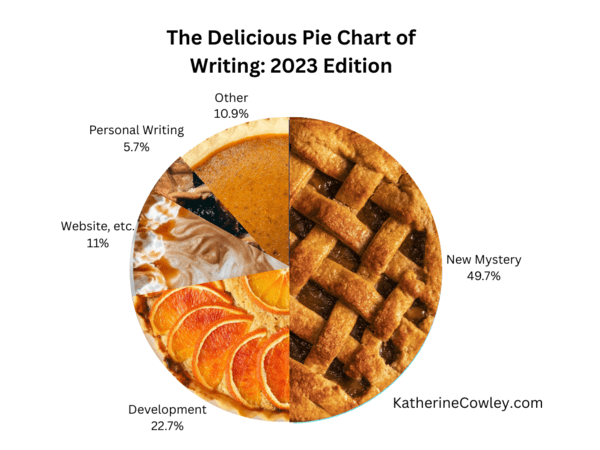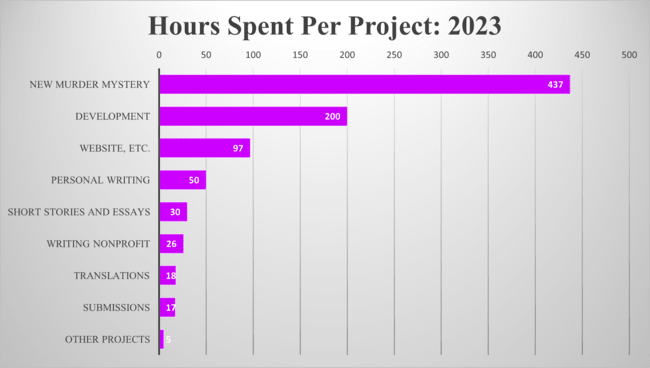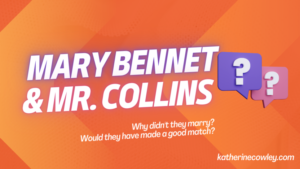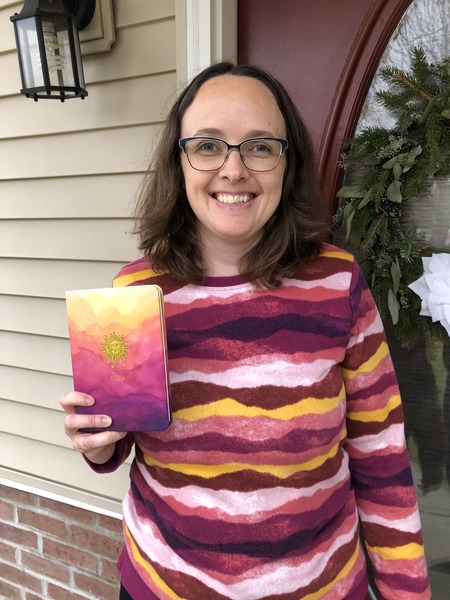Thus, Jane begins with “It has entertained me extremely” and ends with “I am impatient for more.”
At other times, Austen weaves the positive and the negative together. In a letter written on September 28th, 1814, Jane analyzes Anna’s characters, dissecting which ones are working and which ones need work:
We like the first chapter extremely, with only a little doubt whether Lady Helena is not almost too foolish. The matrimonial dialogue is very good certainly. I like Susan as well as ever, and begin now not to care at all about Cecilia; she may stay at Easton Court as long as she likes. Henry Mellish will be, I am afraid, too much in the common novel style,—a handsome, amiable, unexceptionable young man (such as do not much abound in real life), desperately in love and all in vain. But I have no business to judge him so early. Jane Egerton is a very natural, comprehensible girl, and the whole of her acquaintance with Susan and Susan’s letter to Cecilia are very pleasing and quite in character. But Miss Egerton does not entirely satisfy us. She is too formal and solemn, we think, in her advice to her brother not to fall in love; and it is hardly like a sensible woman,—it is putting it into his head. We should like a few hints from her better.
Jane paints a clear picture of strengths and weaknesses: some of the characters are “pleasing,” they feel natural and likeable, while other characters are cliché (“too much in the common novel style”) or “too formal and solemn.”
Writing exists with an audience in mind, and as a critiquer, you step in for the audience, sharing your reactions to the story, as well as your assumptions on how larger audiences will react. Thus, it’s useful for Jane to share both what is working and what is not working. Clearly we need to know what’s not working—it’s difficult to take a story from our heads and hearts and place it on a page, to convey that which want to convey. An audience reaction can let us know what needs to be improved. But we also need to know what is good about our writing—we need affirmation. In part, this is for self-esteem purposes, but more importantly we need to know what’s working well so we keep it in the story. Also, when we know that a technique is working well, we can emulate it in the rest of the story.
A modern scholar, William Hart-Davidson, recommends using a describe-evaluate-suggest model when giving a critique, and we see Austen using this very approach. She describes what she sees in a character, evaluates what she sees according to the goals of the story, and then, if needed, gives suggestions for improvement.
Thus, she describes the character of Henry Mellish as “a handsome, amiable, unexceptionable young man” and then evaluates the character according to her metric, feeling like a real person—she writes that he is a type that does “not much abound in real life.” The suggestion is implied—Anna should make him less “in the common novel style” and pull back on some of his characteristics.
Respecting the Storyteller
One of the other things I notice as I read Jane’s letters is the respect that she shows to Anna as a storyteller. Jane does not assume that she, the person giving feedback, knows better than the writer.
Thus, in the undated letter she writes:
I do not like a lover speaking in the 3rd person; it is too much like the formal part of Lord Orville, and I think it not natural. If you think differently, however, you need not mind me.
In a different letter, at the end of a rather critical paragraph, Austen writes:
Excuse the liberty I take in these suggestions.
Personally, if I were to receive a critique from Jane Austen, I’d probably apply every piece of feedback without question. But when Austen gives specific feedback, she is careful to frame it as a suggestion. Yes, she is a published author and her niece is not, but she knows that ultimately it’s Anna’s story. Anna can choose to apply the feedback if she wishes, but Jane does not want her to feel obligated to do so.
This is a healthy attitude to take when giving a critique: the goal is to help the writer revise and tell their own story in their own way, to the best of their abilities. It’s not to dominate or dictate, or to encourage that story that you would personally tell.
I’ve given a lot of feedback to authors, and I’m definitely gotten better at it over the years. I look back on a few early critiques I gave and cringe. I’ve also received a lot of invaluable feedback. I don’t use every suggestion, but I appreciate all those who have helped me improve my writing. I imagine that Jane Austen was also grateful for the support and feedback she received on her works.
In the next few weeks, I’ll share additional posts on what we can learn from Jane Austen about revision, including being aware of your audience as you revise. Meanwhile, I’m revising my upcoming Write with Jane Austen book, which will be launching in a few months on Kickstarter.


